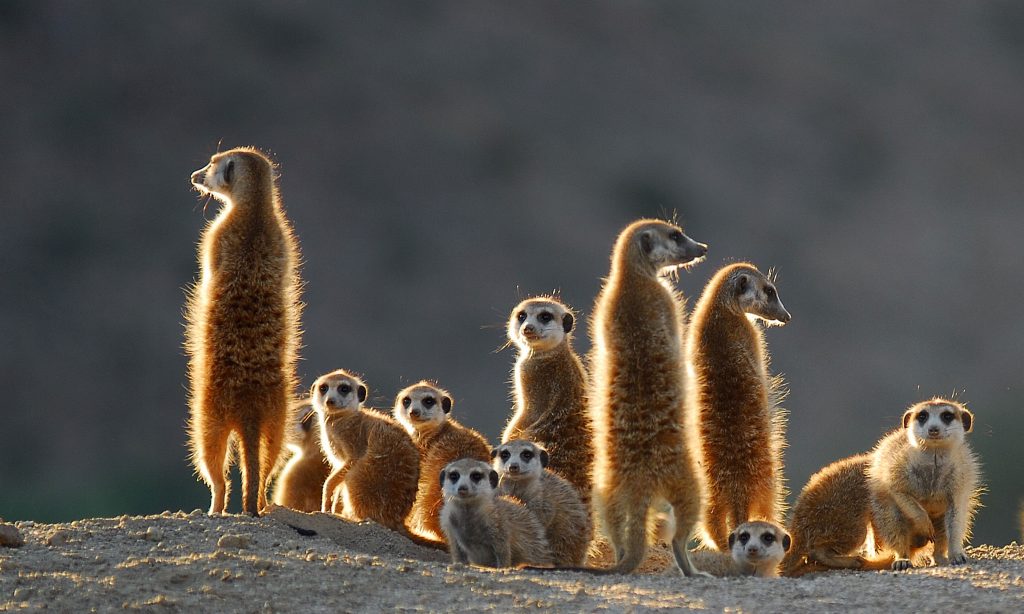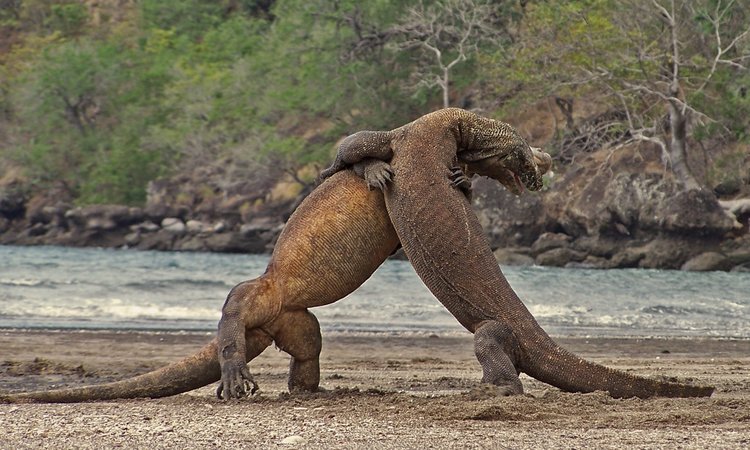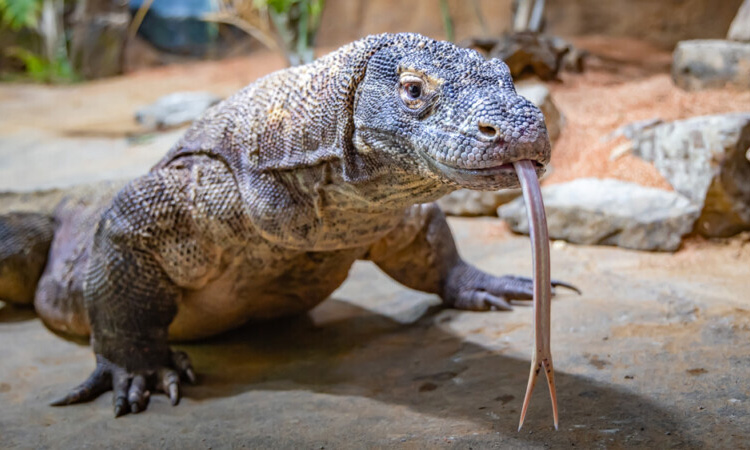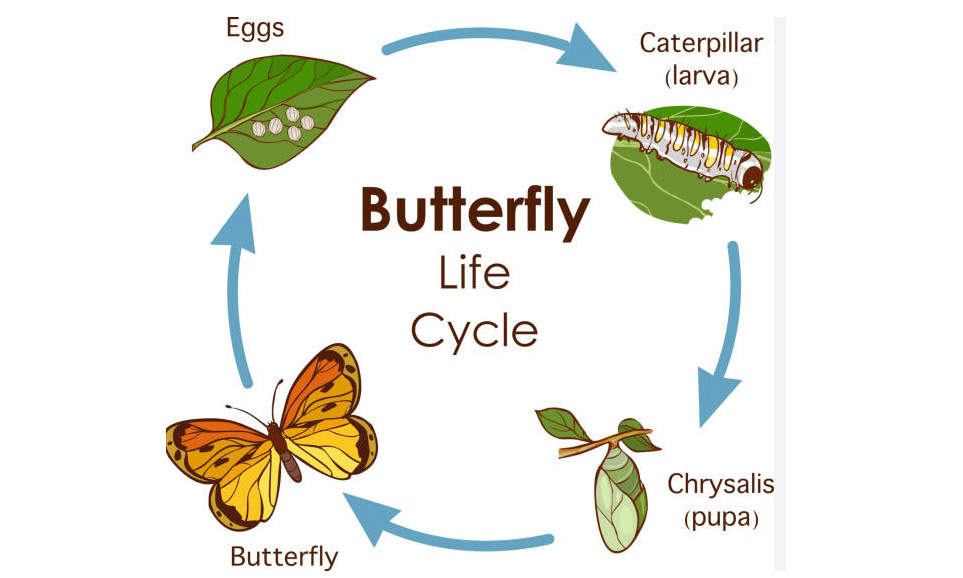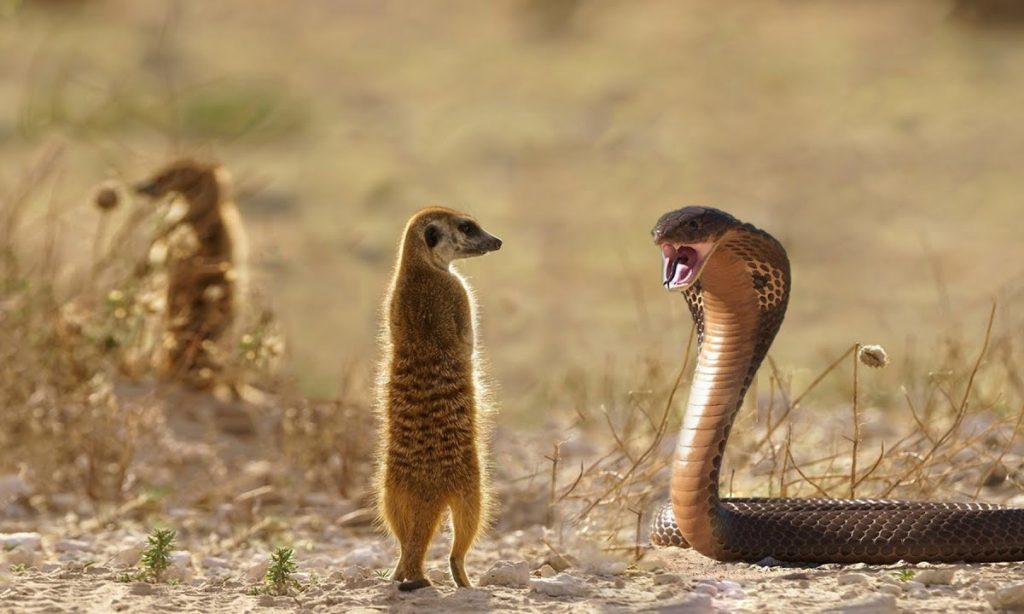Curious Creatures: The Social World of Meerkats
Inquisitive Beginnings: Early Life of a Meerkat
Animal meerkat, scientifically known as Suricata suricatta, are small mammals native to the arid regions of southern Africa. Born blind and hairless, meerkat pups are entirely dependent on the care and protection of their family, known as a mob or clan. The first few weeks of a meerkat’s life are marked by the nurturing support of the entire group.
Communal Living: The Strength of the Mob
Meerkats are renowned for their highly social nature, living in tight-knit communities that can consist of up to 40 individuals. Within these clans, roles are well-defined, and cooperation is key to survival. Meerkats share responsibilities such as foraging, grooming, and sentry duty, creating a harmonious social structure.
The Sentry’s Vigilance: Guarding Against Danger
One of the most distinctive behaviors of animal meerkat is their sentinel duty. Standing upright on their hind legs, meerkats take turns acting as sentries, scanning the surroundings for potential predators. This vigilance allows the mob to respond quickly to threats, demonstrating a sophisticated level of communication within the group.
Foraging Expeditions: Collaborative Hunting for Sustenance
Meerkats are primarily insectivores, and their foraging expeditions are orchestrated with precision. Working together, they dig for insects and small vertebrates, utilizing their keen sense of smell to locate prey. The communal effort not only ensures a steady food supply but also strengthens the bonds within the group.
Adaptations for Survival: Animal meerkat in the Harsh Environment
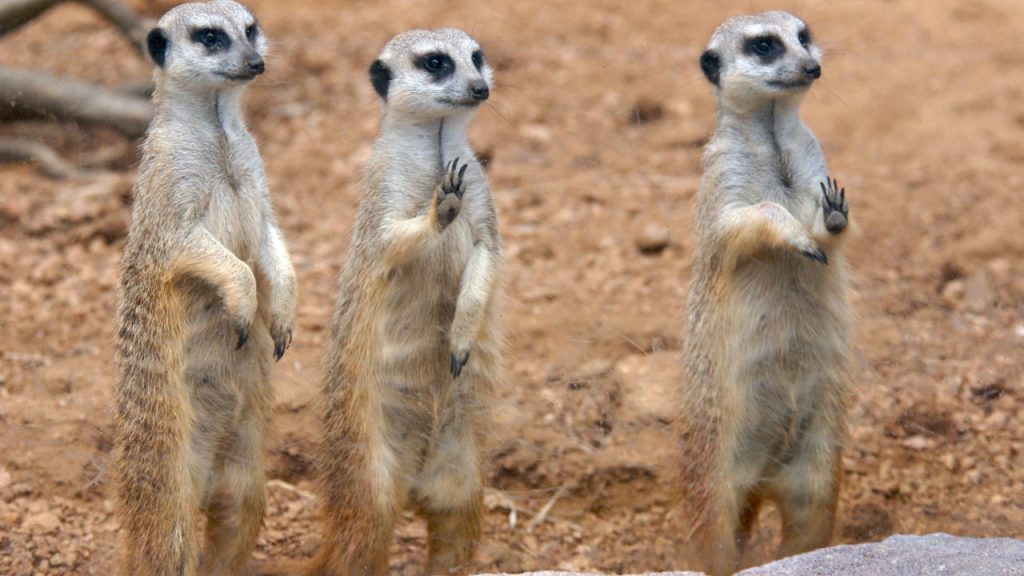
Burrow Builders: Master Architects of the Desert
Meerkats are well-adapted to the harsh desert environment they call home. They are expert burrow builders, creating intricate tunnel systems that serve as shelter from predators and the scorching heat. These burrows also provide refuge during the night, keeping the meerkats safe from nocturnal threats.
Thermoregulation Tactics: Coping with Extreme Temperatures
Living in arid regions with fluctuating temperatures, meerkats employ various strategies for thermoregulation. During the scorching heat of the day, they seek shade and reduce physical activity to conserve energy. Conversely, in cooler temperatures, meerkats bask in the sun to maintain their body warmth.
Survival Instincts: Adaptability in the Face of Challenges
Meerkats exhibit remarkable adaptability to their environment. When resources are scarce, they can adjust their diet and foraging strategies. Additionally, their ability to quickly assess and respond to potential threats, coupled with their cooperative nature, enhances their chances of survival in the challenging conditions of the African savannah.
Human Encounters and Conservation Challenges
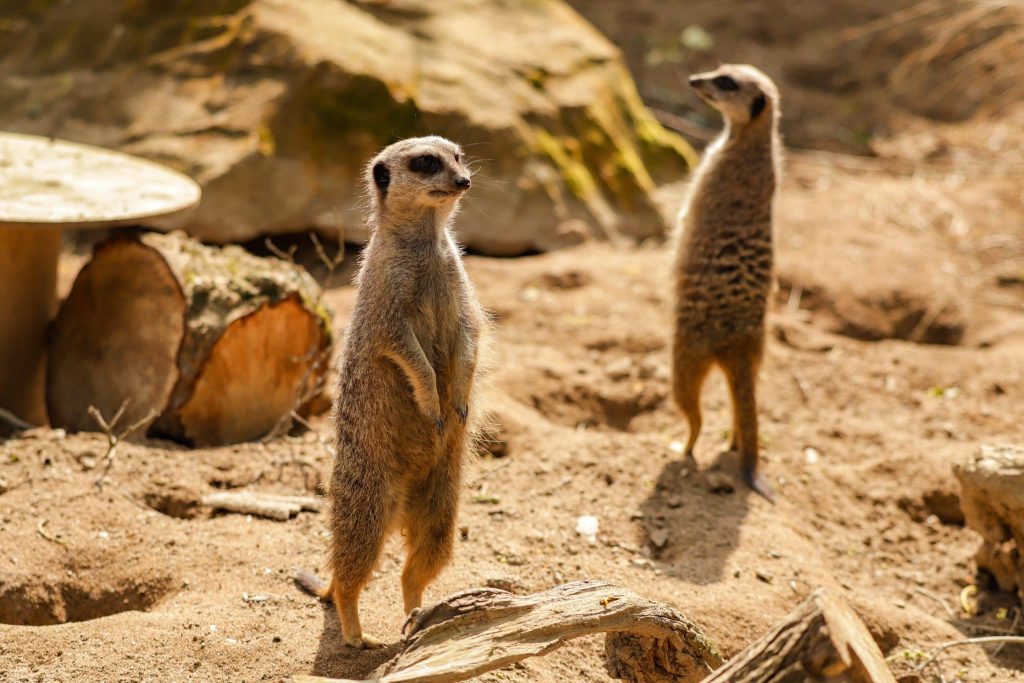
The Charismatic Meerkat: A Wildlife Icon
Meerkats have become wildlife icons, capturing the fascination of people worldwide. Their charismatic appearance and intriguing social behaviors have made them popular subjects for documentaries and nature enthusiasts alike. However, this popularity also brings challenges, as increased human interaction can disrupt their natural behaviors and habitats.
Conservation Concerns: Balancing Human Interest and Wildlife Welfare
As human activities encroach upon meerkat habitats, conservation efforts become crucial. Protecting these charismatic creatures involves creating and maintaining protected areas, implementing responsible tourism practices, and raising awareness about the importance of preserving their natural environment.
A Shared Responsibility: Fostering Coexistence
The conservation of meerkats is not only a scientific imperative but a shared responsibility. By respecting their habitats, promoting responsible ecotourism, and supporting conservation initiatives, we can contribute to the well-being of these fascinating creatures, ensuring that future generations can continue to marvel at the wonders of the meerkat world.
